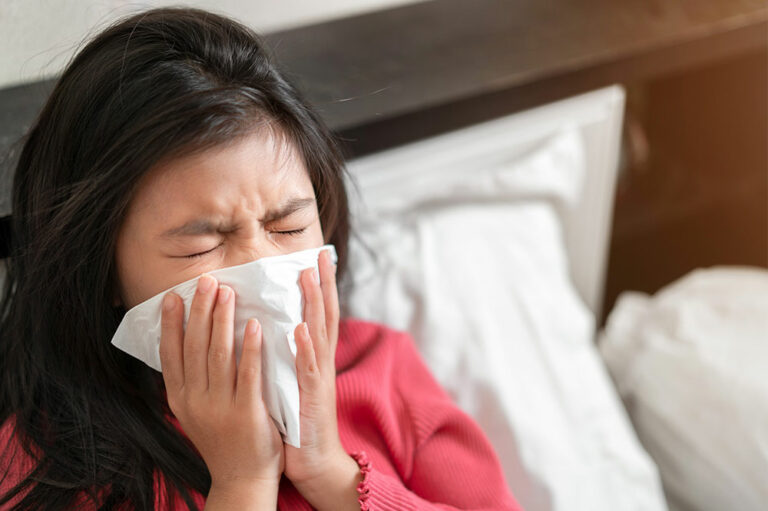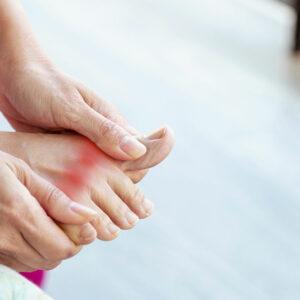
health
4 vitamins essential for good eye health
For a 20/20 vision, one must fulfill their daily requirement of vitamins. This becomes even more important as one ages and is at an increased risk of developing vision-related issues. Poor vision can also be brought on by excessive exposure to screens and poor hygiene and food choices. Certain eye issues can be corrected using eyeglasses or contact lenses, however, to maintain good eye health, proper vitamin intake through food or supplements is required. Vitamin A Vitamin A is one of the basic nutritional requirements for good eye health. Rhodopsin found in sources of vitamin A helps one maintain clear corneas and a strong low-light vision. As it is commonly found in most foods, vitamin A deficiency is a rare occurrence today. However, if left untreated, it can gradually lead to xerophthalmia—an eye disease. Vegetable sources like sweet potatoes, apples, carrots, and pumpkins are great for eye health and can be added in different forms to meals and salads. Animal sources of vitamin A include eggs, poultry, and seafood. Vitamin B Research suggests that several vitamins belonging to the B-complex family are great for eye health. These vitamins are crucial for the prevention of age-related macular degeneration or AMD. Patients with this condition may experience issues like a blurred vision as it causes the retina to deteriorate.
Read More 









